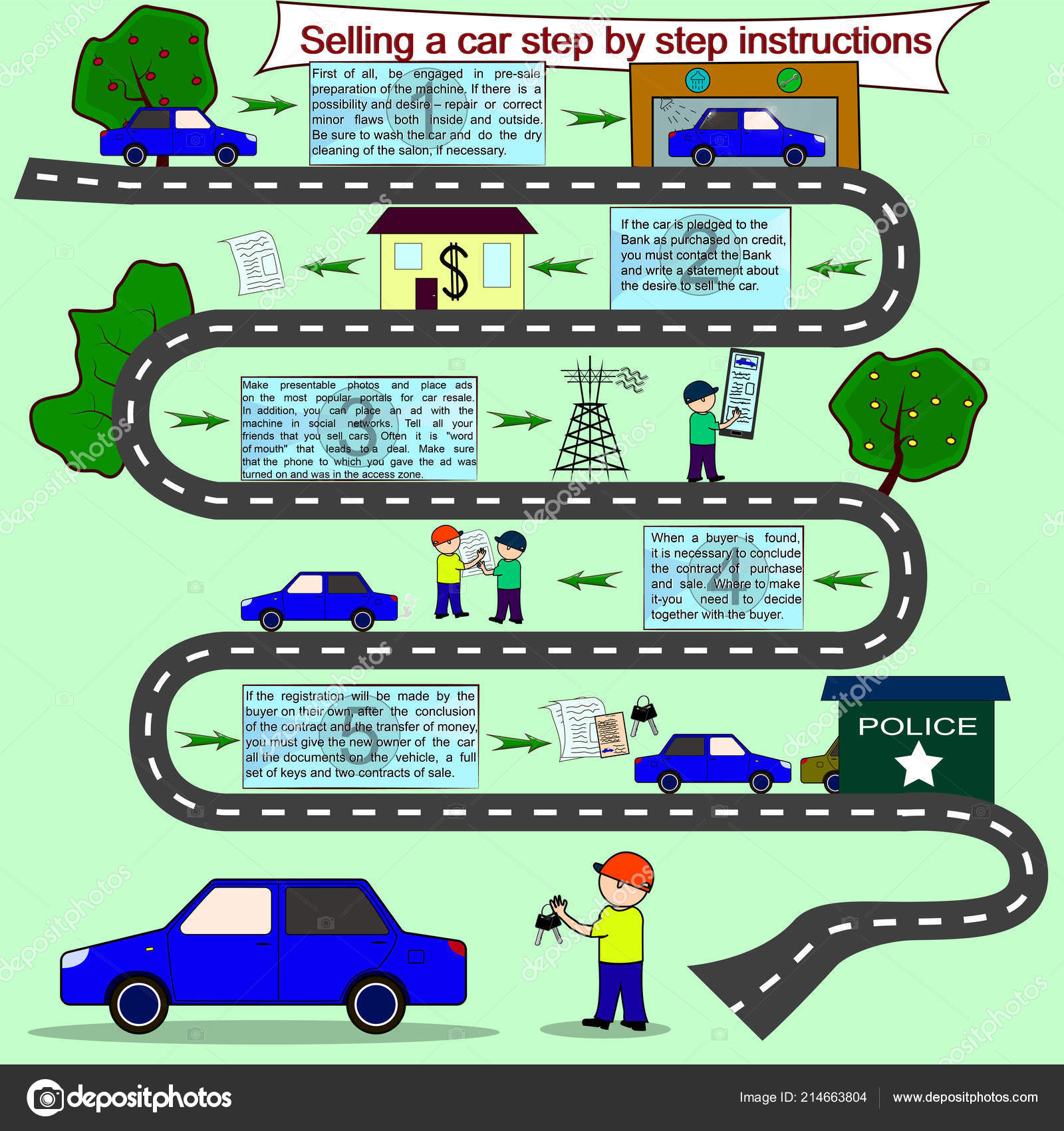Decoding Your Automobile'S Warning Indicators: What They Really Symbolize
Decoding Your Automobile'S Warning Indicators: What They Really Symbolize
Blog Article
Content Create By-Lauritsen Alvarado
When you lag the wheel, those beautiful warning lights on your dashboard can be a little bit difficult. Do you recognize what they're attempting to inform you concerning your automobile's health? Recognizing the importance of these lights is vital for your safety and security and the durability of your car. So, the next time one of those lights turns up, wouldn't you intend to decode its message properly and take the essential steps to resolve it?
Common Warning Lighting and Interpretations
Determine typical warning lights in your car and understand their meanings to ensure safe driving.
One of the most regular caution lights include the check engine light, which signifies problems with the engine or discharges system. If this light comes on, it's important to have your lorry inspected promptly.
The oil pressure alerting light indicates reduced oil stress, requiring immediate focus to prevent engine damages.
A blinking battery light might suggest a defective charging system, potentially leaving you stranded otherwise resolved.
The tire stress tracking system (TPMS) light signals you to low tire stress, affecting automobile security and fuel effectiveness. Disregarding see this page can result in harmful driving conditions.
look at here suggests a problem with the anti-lock braking system, endangering your ability to stop quickly in emergency situations.
Finally, the coolant temperature level alerting light warns of engine overheating, which can cause extreme damages if not fixed quickly.
Comprehending these usual warning lights will assist you attend to concerns immediately and keep secure driving problems.
Significance of Prompt Attention
Understanding the common caution lights in your auto is only the very first step; the value of promptly dealing with these cautions can not be emphasized sufficient to ensure your safety when traveling.
When a caution light brightens on your dashboard, it's your automobile's way of interacting a potential concern that needs focus. Disregarding straight from the source can cause more extreme troubles in the future, compromising your security and possibly costing you a lot more out of commission.
Motivate attention to advising lights can prevent failures and mishaps. As an example, a flashing check engine light might suggest a misfire that, if left unattended, can trigger damage to the catalytic converter. Resolving this quickly can conserve you from a pricey repair.
Likewise, a brake system warning light may indicate reduced brake fluid or used brake pads, vital elements for your safety and security when driving.
Do It Yourself Troubleshooting Tips
If you observe a caution light on your control panel, there are a couple of DIY repairing pointers you can try before looking for specialist assistance.
The primary step is to consult your cars and truck's guidebook to comprehend what the particular warning light indicates. Occasionally the problem can be as easy as a loosened gas cap activating the check engine light. Tightening up the gas cap may settle the issue.
An additional common issue is a reduced battery, which can activate different warning lights. Examining the battery links for deterioration and ensuring they're safe might fix the trouble.
If a caution light lingers, you can try resetting it by disconnecting the cars and truck's battery for a few mins and after that reconnecting it. Furthermore, examining your car's liquid levels, such as oil, coolant, and brake liquid, can help repair alerting lights associated with these systems.
Final thought
In conclusion, understanding your cars and truck's caution lights is essential for keeping your vehicle running efficiently and safely. By quickly attending to these informs and understanding what they imply, you can prevent costly repairs and possible failures.
Bear in mind to consult your automobile's handbook for specific information on each alerting light and act accordingly to make sure a trouble-free driving experience.
Keep informed, remain risk-free on the road!
